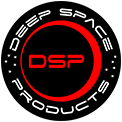
Host Your Telescope in Bortle 1 Skies of Animas, New Mexico
Unlock crystal-clear imaging every night—without lifting a finger. Advanced automation, realtime dashboards, and concierge-level support combine to give you precision results while you rest.
Why You’ll Love Hosting Here
True Dark Skies & Stable Climate
Located under pristine Bortle 1 skies (SQM > 21.7 mag/arcsec²) at 4,240 ft with an average of 286 fully clear nights per year—leave light pollution and cloudy weekends behind.
Automated Weather-Safe Dome Control
ASCOM-compliant sensors auto-open/close the dome in response to clouds, wind, or rain—complete with real-time alerts—so your gear is protected day and night.
High-Reliability Network & Power
Each pier includes full AC power, managed PoE switch, and isolated Class C subnet over redundant broadband + Starlink—ensuring 99.9% uptime for seamless remote operations.
Live Dashboard & Community Support
Monitor your observatory via live ASCOM Alpaca status, all-sky camera feed, interactive weather graphs, and private forums with 24/7 expert assistance and peer tips.
Experience Unrivaled Imaging under the Darkest Skies
Nestled at 4,240 ft under true Bortle 1 skies, DSP Remote delivers:
- ✔ Crystal‐Clear Contrast & Color
With virtually no light pollution, your data comes through with pure, natural hues—no sky‐glow gradients to wrestle down in post. - ✔ Sharper Resolution & Seeing
Higher elevation means steadier air and finer detail on every frame, letting you resolve faint nebulae and tight double stars. - ✔ Effortless Calibration
Low background levels simplify flat and dark processing—get to stunning final results faster, with less time spent masking out stray glare. - ✔ Deep Dives & New Discoveries
Ultra‐sensitive modern cameras plus pristine skies let you push limits—and even uncover previously unknown objects (two new nebulae were discovered right here at DSP Remote as well as images of gravity lensing not usually observed in amateur images).
Click any image to expand and view full-size—explore every detail under those pristine skies.
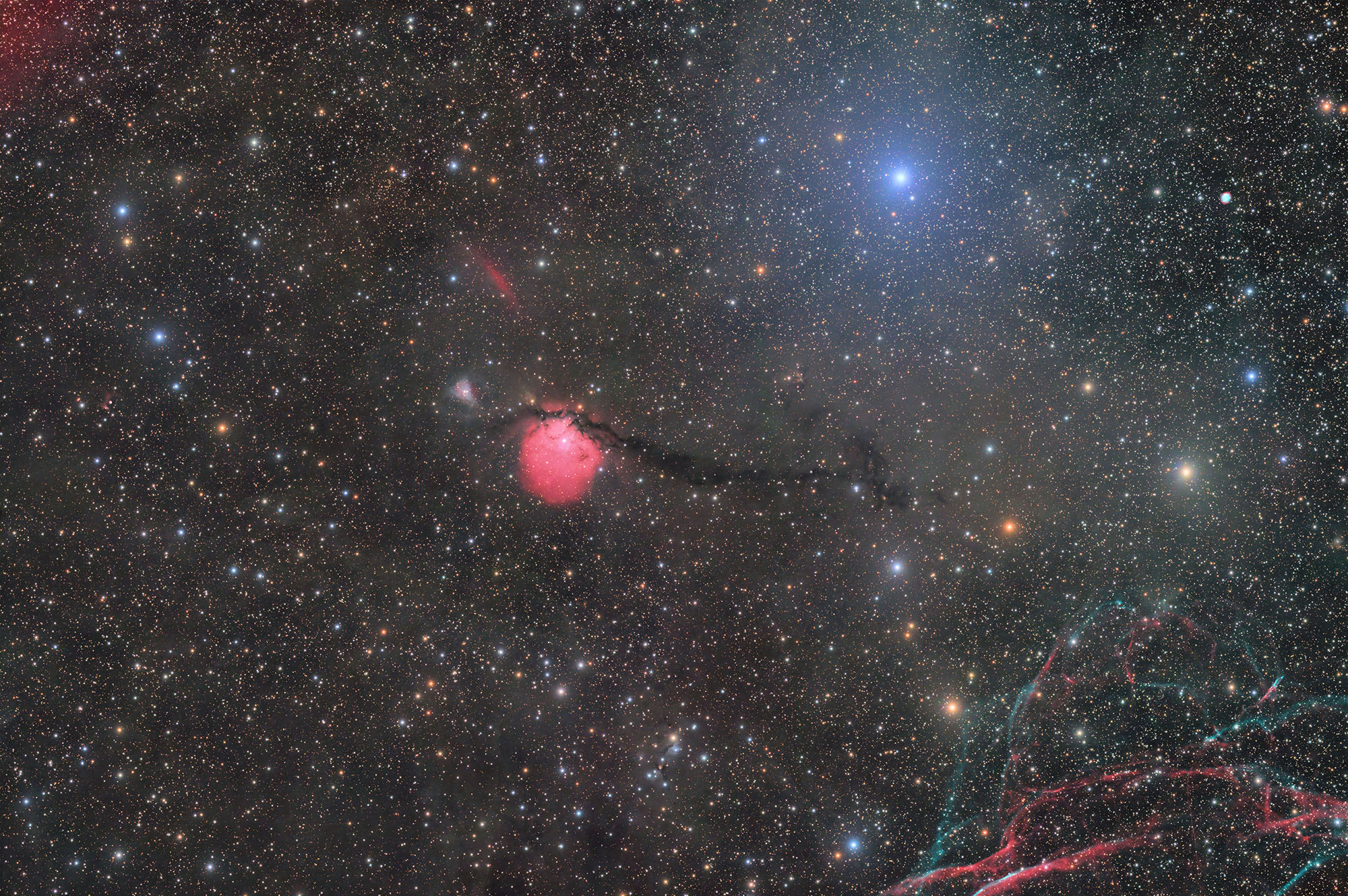
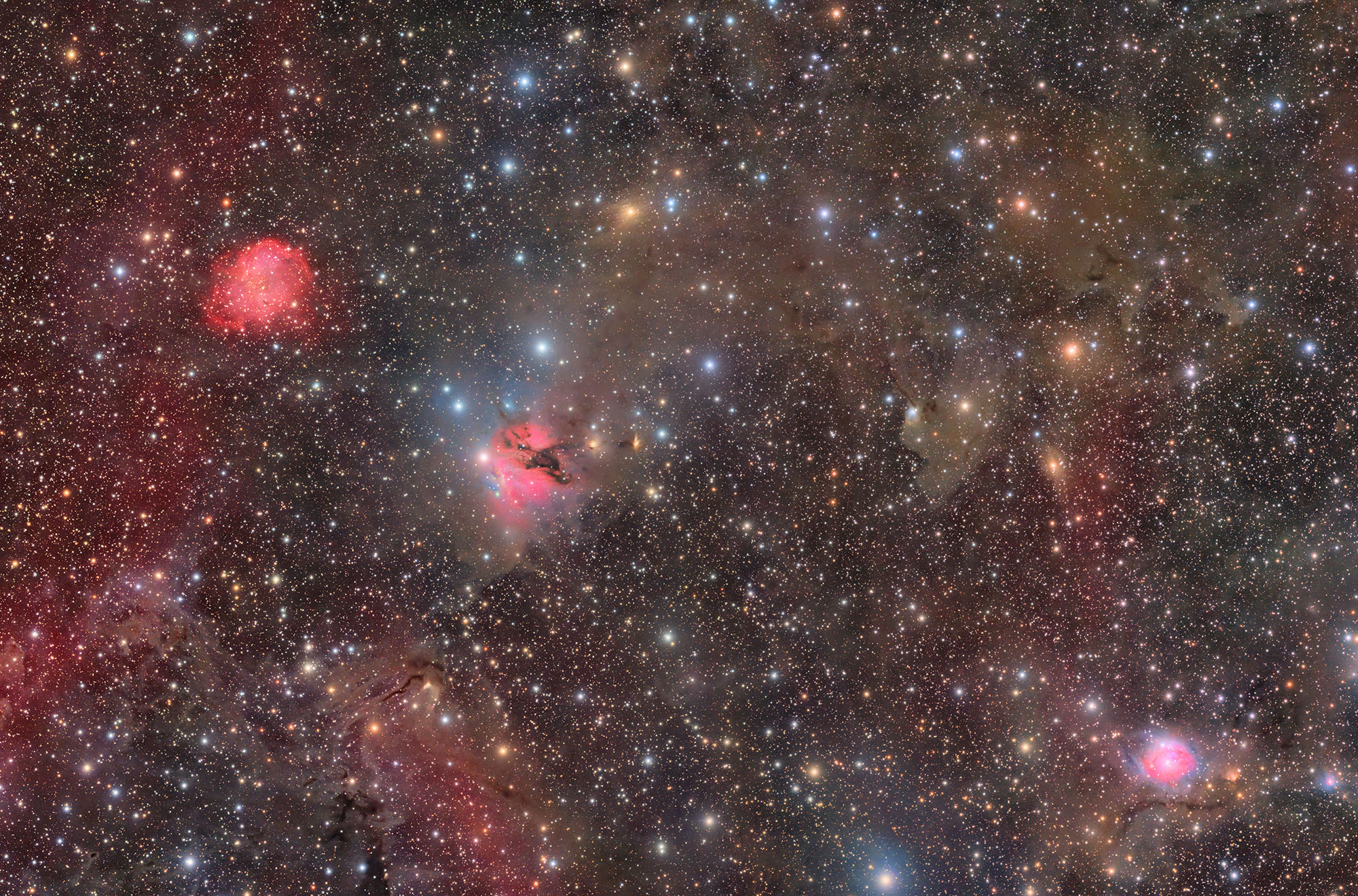
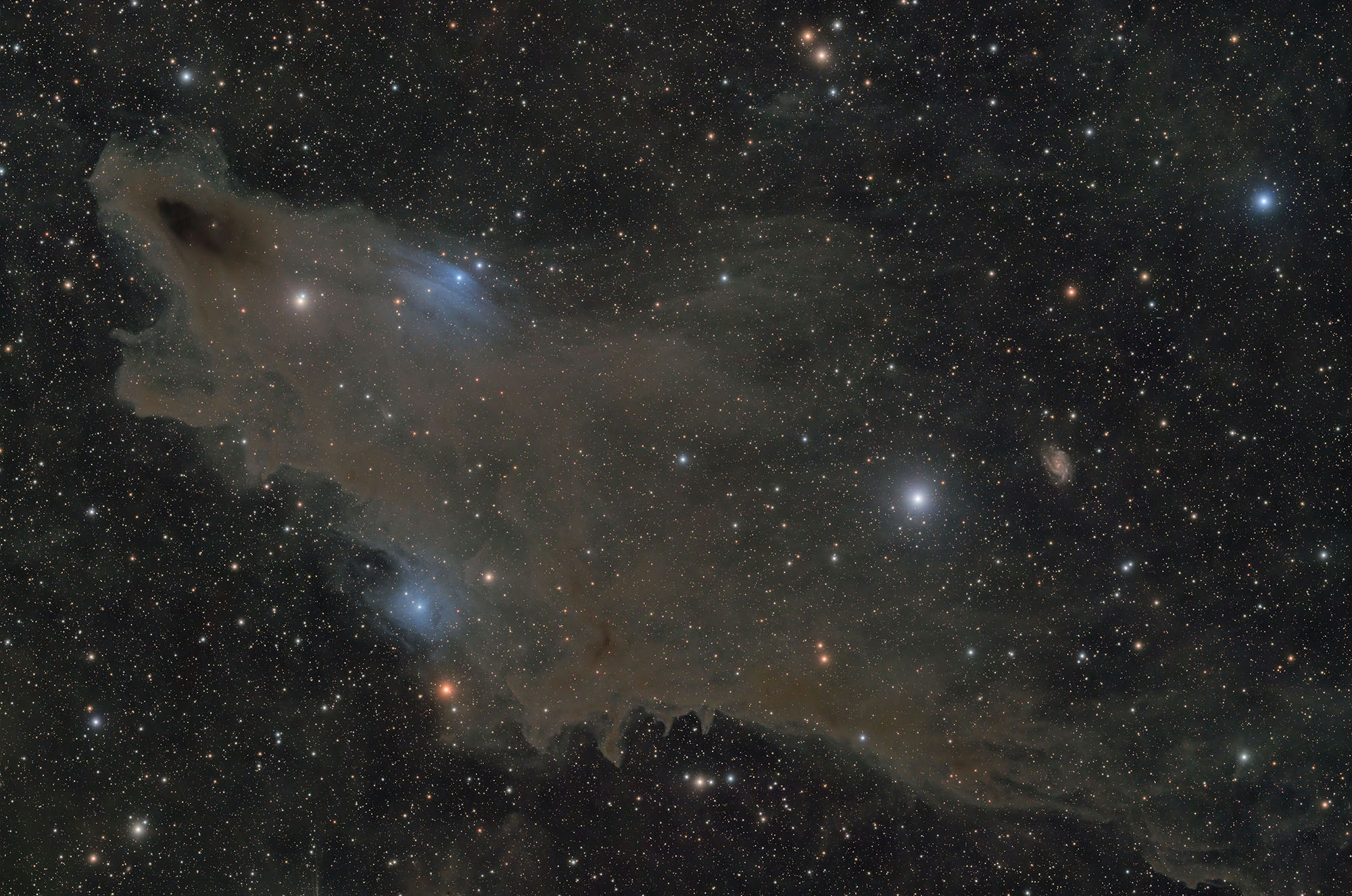
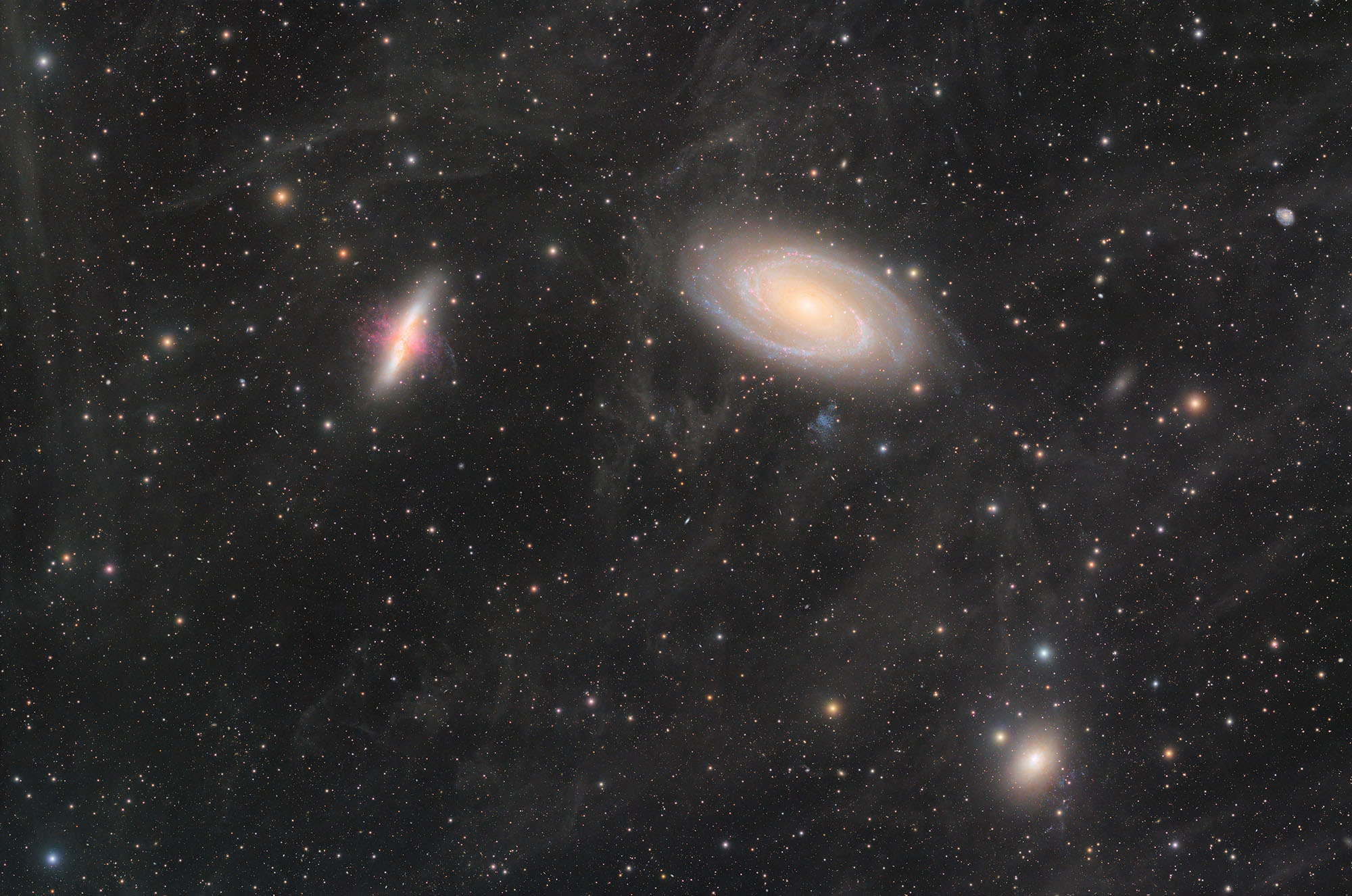
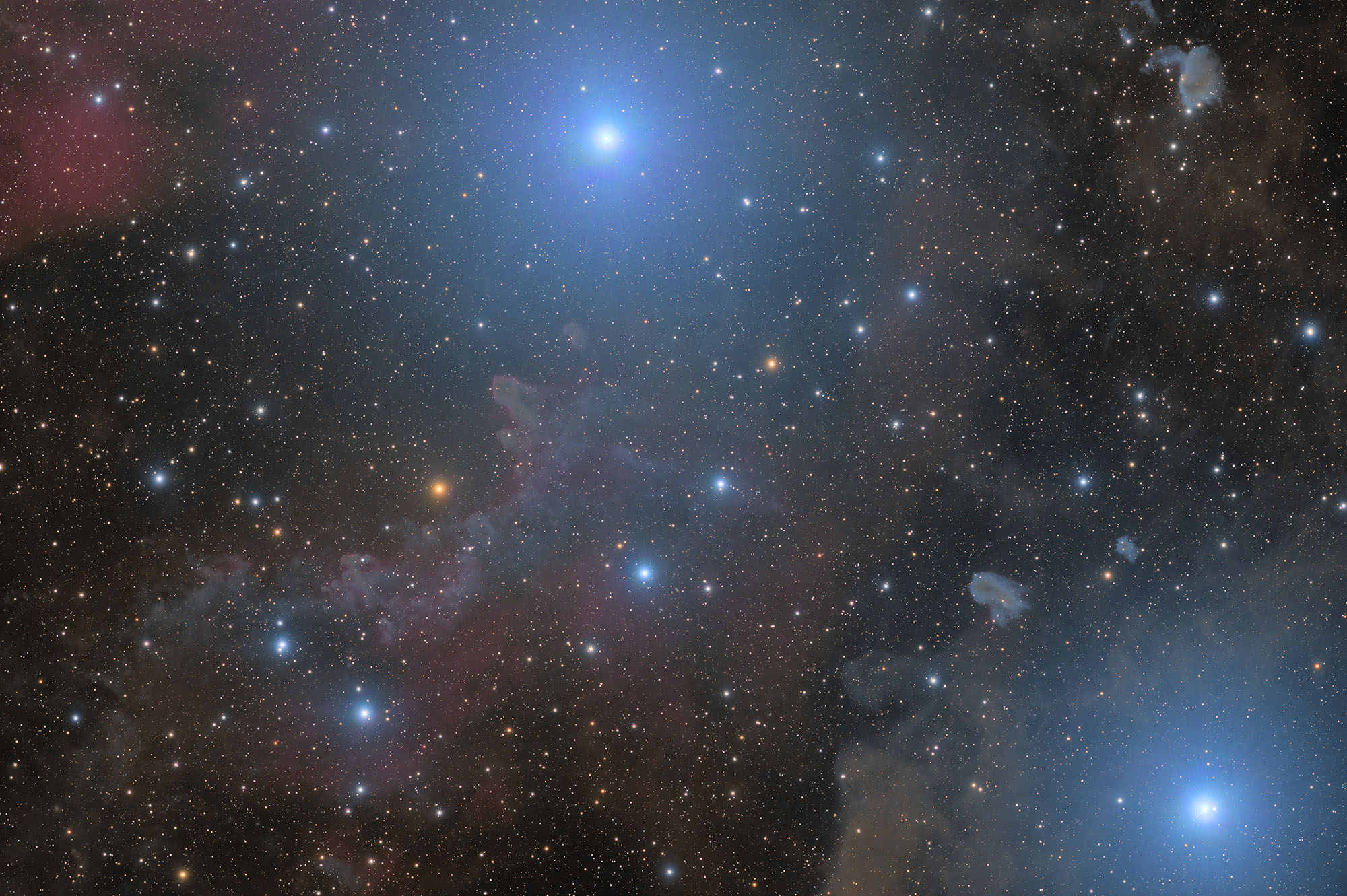
Plans & Pricing
Bring your telescope to the clearest, darkest skies in the U.S. — with world-class service at unbeatable rates!
Brand-New Hosting Rates (Effective NOW!)
| Kit Size | Swing Diameter | Monthly Rate | Description |
|---|---|---|---|
| Small Kit | ≤ 38″ | $300/mo | Perfect for small mounts (Pegasus, Rainbow, ZWO, etc.) and compact scopes (50–90 mm refractors, SCTs up to 8″). |
| Medium Kit | ≤ 62″ | $450/mo | Ideal for larger strain-wave & worm-drive mounts (iOptron, Sky-Watcher, 10 Micron, AP, SB) with 100–130 mm refractors or reflectors up to 11″. |
| Large Kit | ≤ 74″ | $500/mo | Supports premium mounts (10 Micron GM1000/2000, AP Mach1/1100, SB MyT/MX) and scopes > 140 mm, reflectors up to a CDK17. |
| Extra-Large Kit | ≤ 86″ | $550/mo | For top-end systems (10 Micron GM3000/4000, AP1600, SB ME) running very large refractors or reflectors (up to 24″!). |
| Custom Kit | ≥ 86″ | Starts at $550/mo | Custom layouts with at least 12″ clearance between neighbors—just ask! |
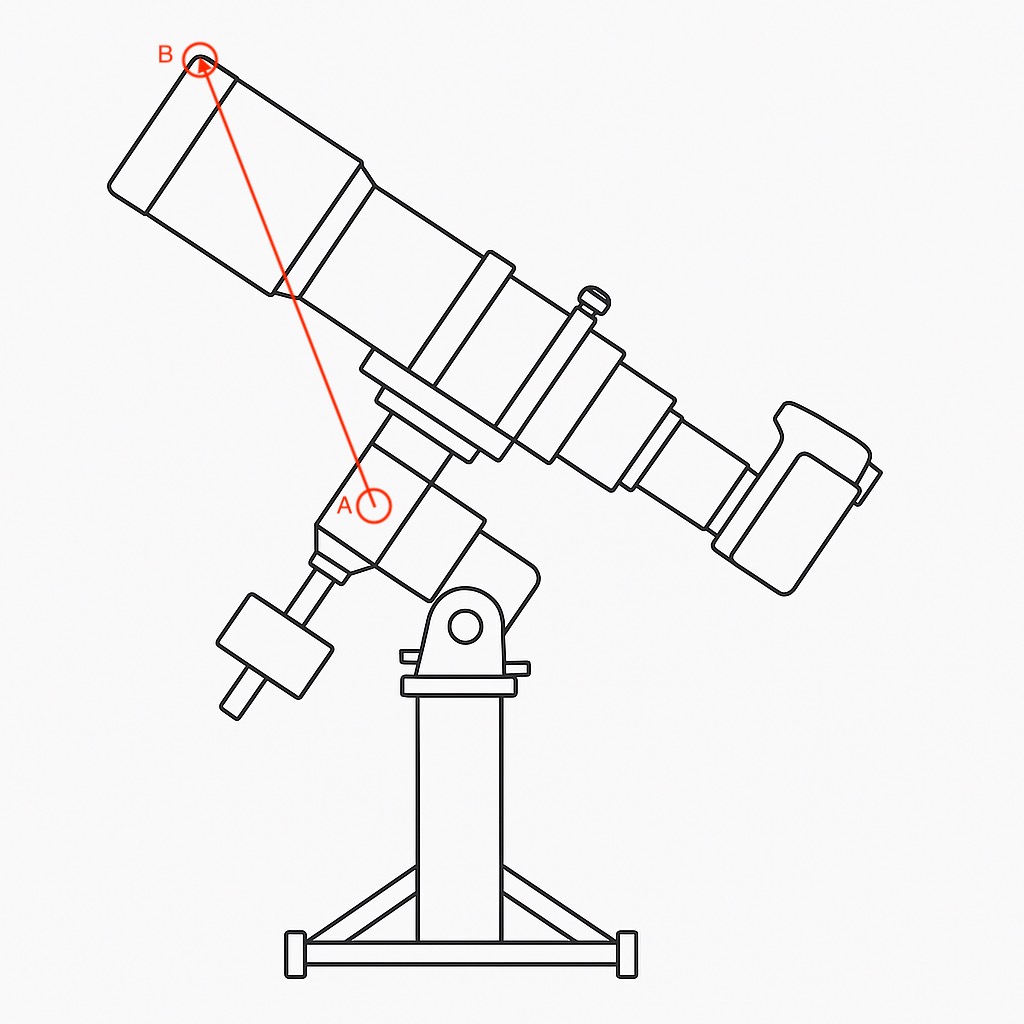
Live Sky & Dashboard
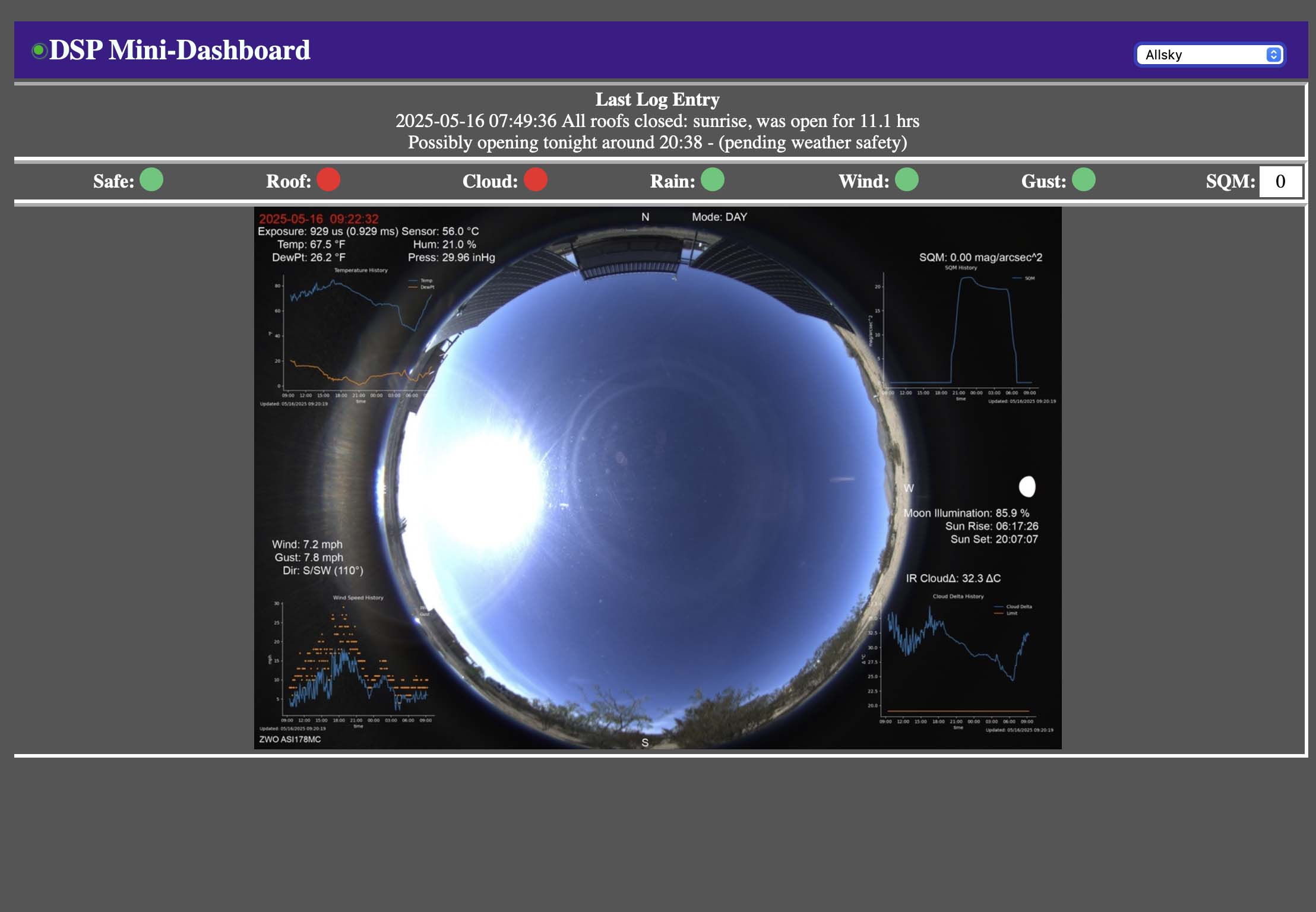
Sky Monitoring
Automated ASCOM-driven sensors open and close the dome in response to cloud cover, wind or rain—no action needed on your end. We stream real-time weather and dome status data directly to your control software so it can safely park your gear at the first sign of trouble.
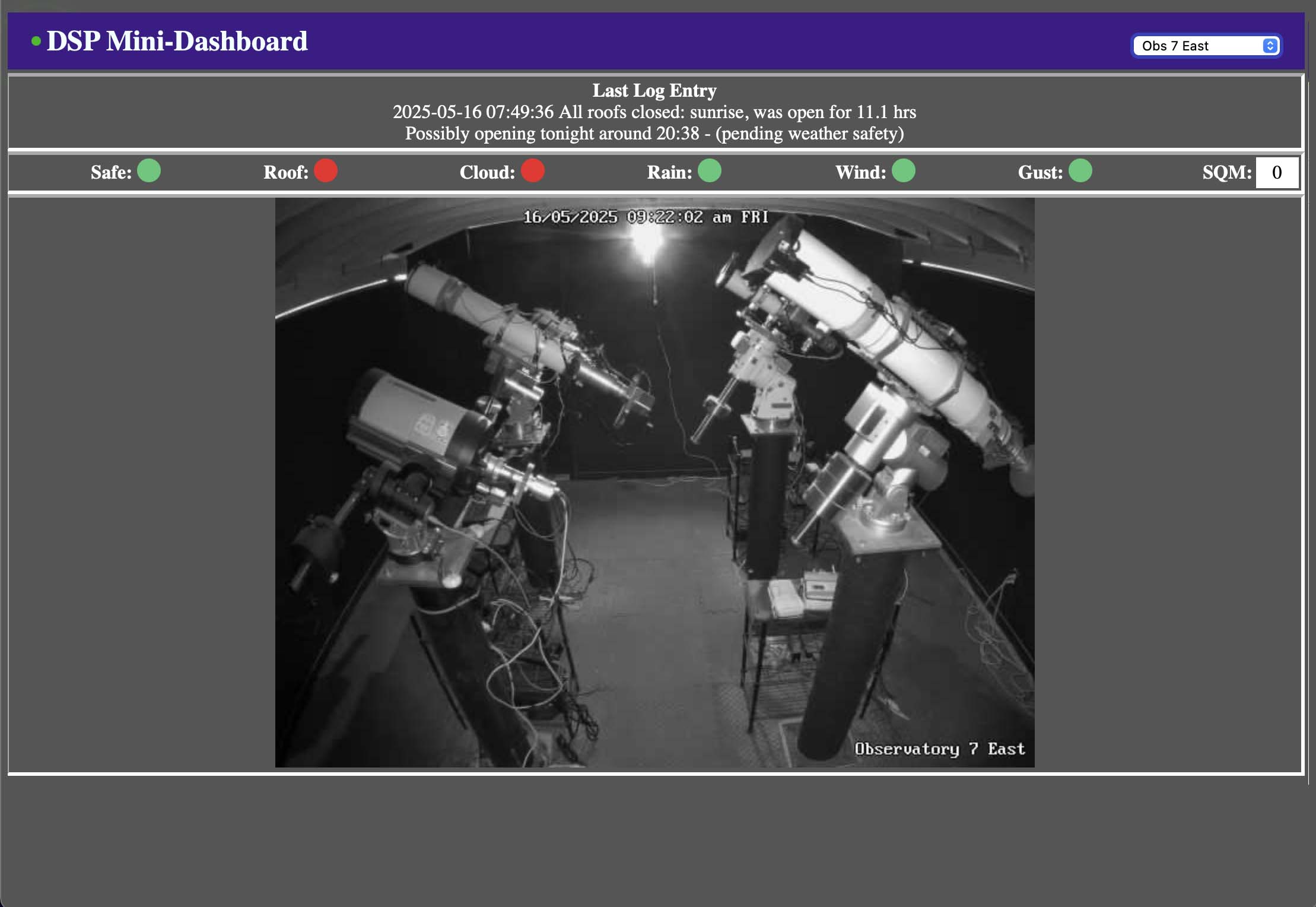
Your Dashboard
Use your preferred control software to run every aspect of your rig, then verify success via our observatory cameras—troubleshoot cable snags, flat-panel hiccups or a parked scope from anywhere. All your commands and live video feeds live side-by-side in one intuitive interface.
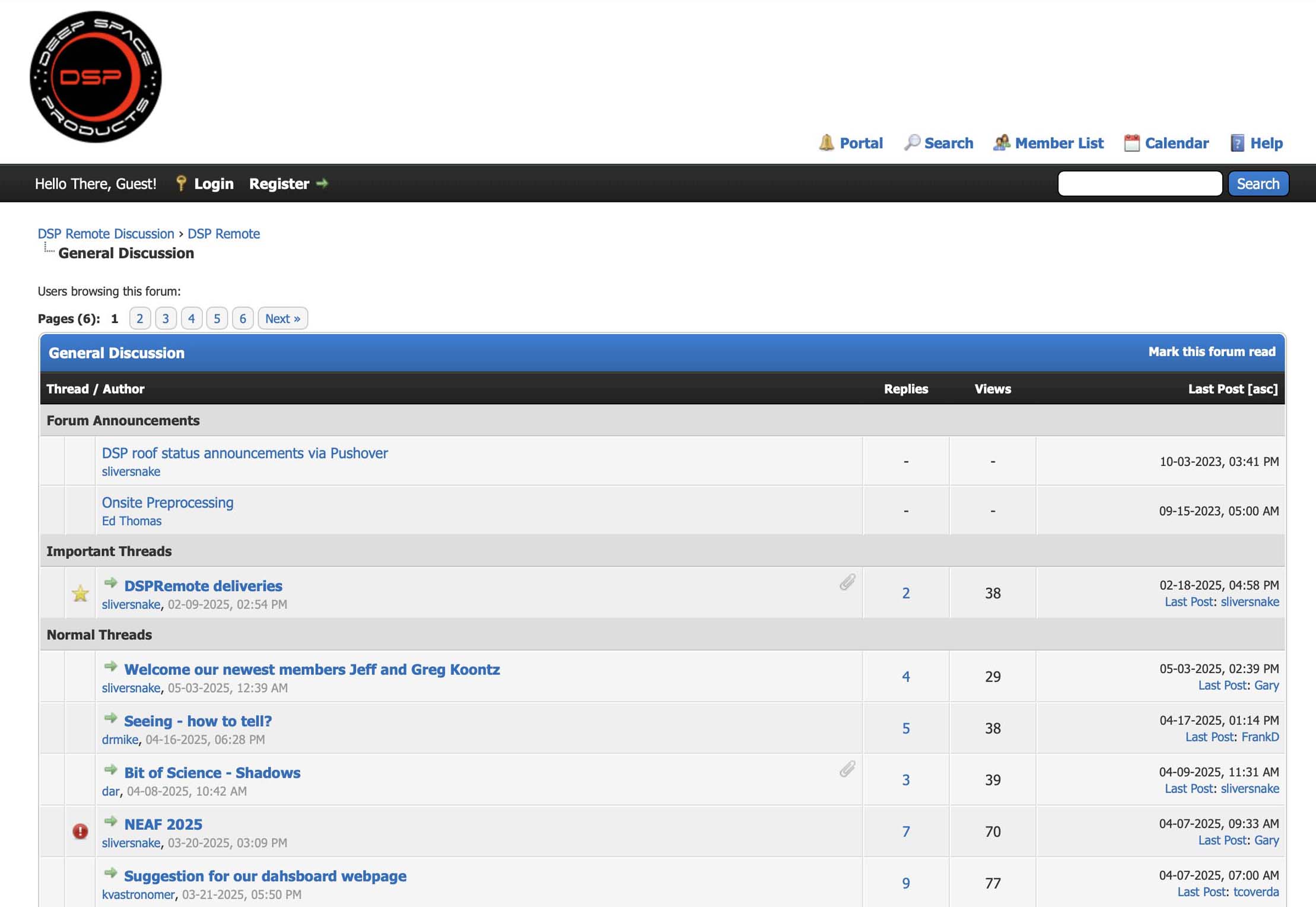
Pro Insights
Join our members-only user forum for important DSPR announcements, status updates on platform improvements, and user-shared tips or galleries. It’s the go-to feedback loop that keeps DSP Remote evolving in real time.Bortle 1 vs Your Backyard
The Bortle scale measures night sky darkness, from 1 (pristine, natural sky) to 9 (bright city center). The darker your skies, the more faint details you’ll capture—while battling far less sky glow, gradients, and color distortion. Under Bortle 1 conditions at DSP Remote, every hour spent imaging can yield the same or better results than three or four hours under suburban skies.
Faster, Cleaner Results: Less Time Processing, More Time Imaging
With less background noise, your data is dramatically cleaner and easier to process. This efficiency means you’ll complete projects in a fraction of the time—so you can tackle more targets, experiment with new techniques, and actually enjoy your hobby, not just fight light pollution.
See How Much Imaging Time You’ll Save Under Dark Skies with Our Calculator
Enter the typical number of hours you spend imaging a target, along with the Bortle rating of your current location (find it at darksitefinder.com or lightpollutionmap.info). The calculator shows how much faster you could complete your imaging projects under Bortle 1 skies—making it possible to more than double your annual image output, just like many of our users.
Roof Open. Scopes Running. Results Delivered.
Here’s just how often our roof has been open for your telescopes to explore the cosmos.
Hours Since July 20, 2023
—
Hours in the Last 365 Days
—
Hours in the Last 30 Days
—
Hours in the Last 7 Days
—
Frequently Asked Questions
Aside from an uninterruptible power supply (UPS), you likely already have everything you need—such as your mount, telescope, power supplies, camera, accessories, cables, and power distribution. As a general rule, if you can set up your system in your backyard and operate it remotely from your house, you're well-prepared for a remote deployment.
While a UPS is optional, we do recommend using one for added protection. A good example is the APC 1000VA Sine Wave UPS Battery Backup and Surge Protector (model BR1000MS). The size and brand are up to you, but we suggest choosing a model that supports your power requirements and offers sine wave output for sensitive equipment.
For best results, we also recommend using a dedicated pier adapter for your mount that can be directly attached to our top pier plates. If you send us your adapter plate before the installation, we can pre-mount it so it’s ready to go when your equipment arrives.
Most customers obtain insurance coverage for their equipment either through a rider on their homeowner's policy or by purchasing a personal articles policy. While insurance agents may initially have difficulty understanding the specific nature of remote observatory setups, the key is to explain that you need coverage for photographic equipment stored and operated at an off-site location (i.e., not your home), used remotely for personal use.
We maintain a load-balancing Starlink mesh with up to 16 separate dish feeds (4 feeds currently). Additional receivers are added as necessary to accommodate our growing customer base.
Our observatory roofs are fully automated and programmed to open 30 minutes before sunset and close 30 minutes after sunrise. This scheduling allows imagers with larger telescopes ample time to capture sky flats.
Each observatory is equipped with a Lunatico Astro Dragonfly controller that works in concert with our AAG Cloud Sensor system for weather monitoring. We also monitor weather with an Interactive Astronomy Sky Alert system. Roof operations—such as closures or opening restrictions—are determined based on cloud cover, wind speed, and precipitation, with built-in delays to ensure safe and reliable automation during changing conditions.
We provide ASCOM Safety Monitor and ASCOM Environmental Safety Monitor interfaces, enabling customers to automate their systems based on roof status and specific environmental thresholds (e.g., wind speed). Additionally, we offer customizable notifications—via email and other channels—to alert customers to changes in roof status.
We offer comprehensive support to ensure your system runs smoothly and efficiently. Our online ticket system is actively monitored and typically responded to within hours during both daytime and evening hours. Most system issues are resolved by the following day.
One of our partners resides on-site, allowing us to provide 24/7 live, in-person support in addition to remote assistance. We’re available for telephone support, virtual meetings, and remote screen sharing on your systems—whether at the observatory or at home.
Support session appointments can be scheduled during evening and nighttime hours to assist with tasks such as polar alignment, OAG focusing, and troubleshooting equipment issues. Our goal is to get your system up and running quickly—and keep it that way—so you can focus on collecting quality data.
On a typical night, our SQM readings consistently range from 21.85 to over 22.00, indicating excellent sky quality. As with most locations, seeing conditions can vary due to upper-level winds, typically ranging from an index of 3 to 5 — from above average to exceptional.
